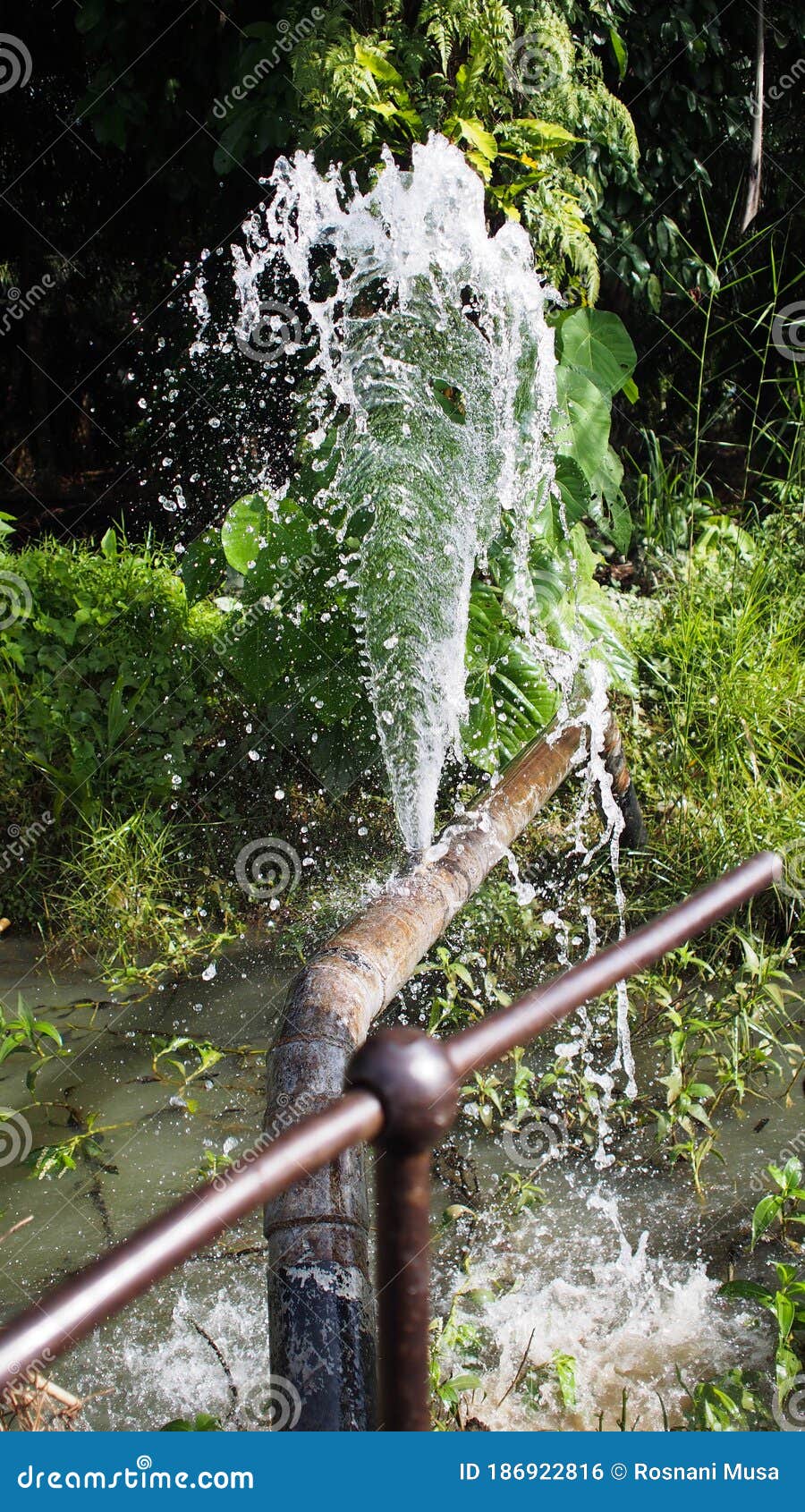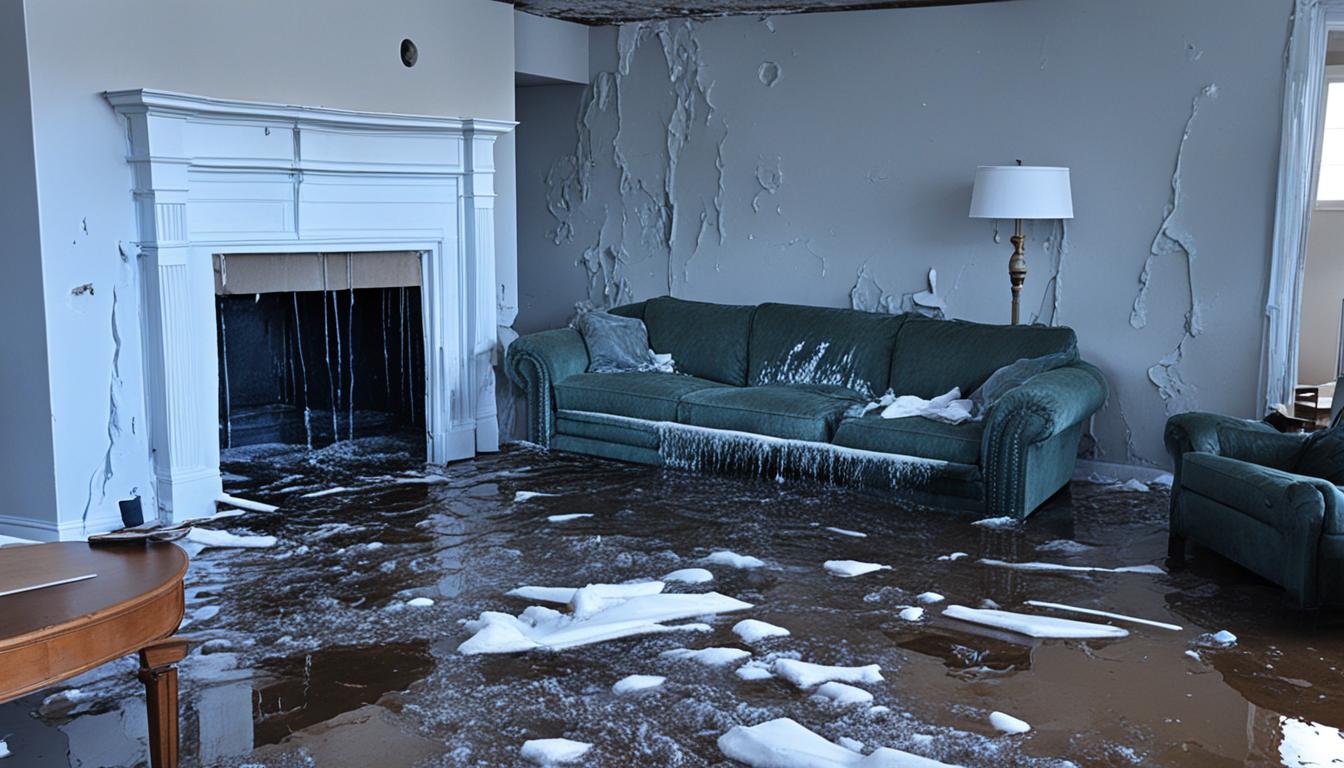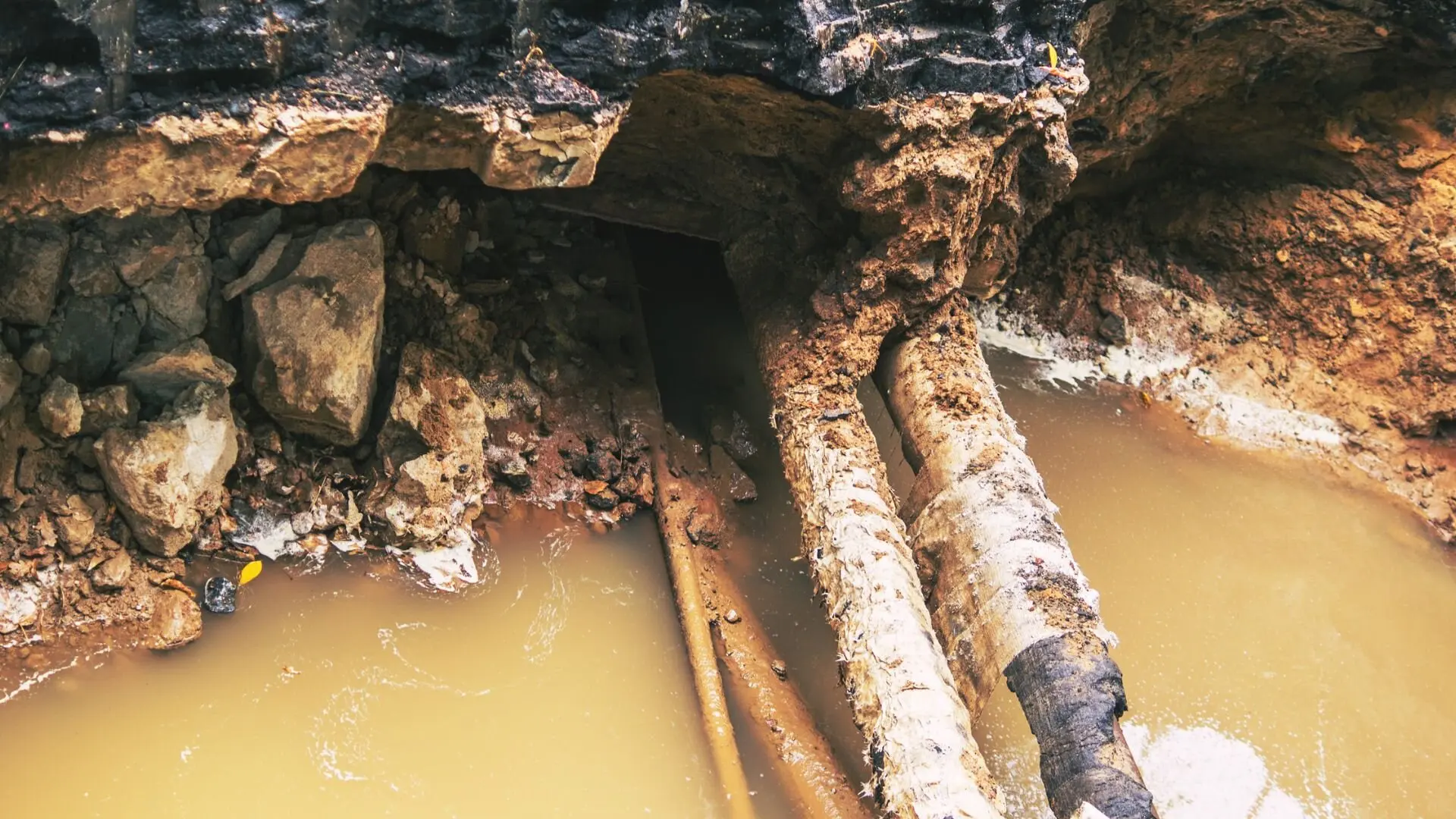Avoiding Burst Water Lines: Essential Tips to Secure Your Plumbing
Avoiding burst pipelines is a crucial worry for property owners, especially during chillier months when the threat of freezing is increased. Executing tactical measures such as appropriate insulation, regular evaluations, and preserving constant interior temperatures can considerably minimize the likelihood of pipeline failing.
Understand Pipe Vulnerabilities
Recognizing pipeline susceptabilities is necessary for reliable plumbing maintenance and preventing costly damages. Numerous factors contribute to the vulnerability of pipelines to ruptureds, consisting of material composition, age, and environmental problems. Older pipes, specifically those made from galvanized steel or polybutylene, typically deteriorate in time, bring about boosted risk of tears and leakages.
Temperature variations can also dramatically impact pipeline honesty. In colder climates, water entraped in pipelines can freeze, putting in and expanding pressure on the pipe walls, which may ultimately cause a burst. In addition, high water stress can stress pipelines, especially at bends and joints, increasing the possibility of failing.

Insulate Piping Effectively
Appropriate insulation of pipelines is critical for avoiding cold and subsequent bursts during winter (burst pipe). Protecting your plumbing system successfully safeguards against temperature drops that can cause expensive damages. Begin by determining prone locations where pipes are subjected to outdoor temperatures, such as basements, attics, and outside wall surfaces
Usage foam pipeline insulation sleeves or wrap insulation tape around these areas to offer a protective obstacle. Ensure that all sections of the pipelines, particularly those with restricted warm exposure, receive sufficient insulation. Pay special interest to joints and installations, as these are much more vulnerable to freezing.
When shielding, it's important to pick materials that meet regional building ordinance and are proper for the particular environment. Fiberglass insulation is typically advised for its thermal resistance properties. Additionally, think about utilizing warmth cables or tape in severe conditions, which can be connected in to offer supplementary warm
Routinely check shielded pipes for any type of indicators of wear or damages, as compromised insulation can lessen its efficiency. By taking these aggressive measures, you substantially reduce the threat of pipeline bursts, making sure a dependable plumbing system throughout the winter months.
Maintain Regular Temperature Level
A secure indoor temperature is vital for preventing ruptured pipelines during the freezing months. When temperatures drop, water within pipelines can freeze, increasing and developing stress that might inevitably create the pipelines to burst.Making use of a programmable thermostat can help handle interior temperature levels effectively, guaranteeing that spaces with plumbing remain cozy also when the house is empty.
This small flow of water can protect against cold by relieving stress within the pipes. By carrying out these methods, home owners can substantially reduce the threat of pipeline ruptureds and safeguard their plumbing systems against the harsh winter Homepage season components.
Routinely Check Plumbing
Regular assessments of pipes systems are essential for avoiding burst pipelines and keeping total home stability. During these assessments, it is crucial to check out noticeable pipelines for signs of deterioration, leakages, or use.
In addition, examining connections and joints is important, as these factors are often at risk to leaks. Property owners need to also examine water pressure degrees, as too much stress can strain the plumbing system and increase the danger of pipe ruptureds.
Think about scheduling professional plumbing examinations at the very least yearly, especially before winter, to guarantee your system is prepared for colder temperature levels. Normal inspections not just aid in identifying prompt worries yet also foster long-term upkeep approaches that can enhance the life-span of your plumbing system. By being aggressive in your strategy, you can secure your home versus the pricey and disruptive consequences of ruptured pipelines. Focusing on plumbing assessments is a financial investment in your house's health and safety.
Know Emergency Situation Procedures
Recognizing emergency treatments is vital for every property owner, particularly after carrying out routine pipes assessments. Being prepared for a pipes emergency situation can considerably reduce damages and save costs.
Next, maintain necessary devices handy. A pipes emergency kit need to include a wrench, plunger, and towels, as well as a flashlight and a pail for little leakages. Furthermore, consider having the next get in touch with info for a relied on plumbing professional easily offered, must the circumstance rise beyond your control.
If you spot a leak or burst pipeline, instantly switch off the water and alert your plumbing. Document the damages with photographs for insurance objectives. Recognize the signs of potential pipes problems, such as uncommon water stress fluctuations or damp places on walls
Ultimately, positive knowledge and speedy action are crucial in handling plumbing emergencies, ensuring your home continues to be secured and minimizing possible damage.

Conclusion
Finally, stopping burst pipes requires a complex strategy that includes understanding pipe susceptabilities, appropriate insulation, maintaining regular indoor temperatures, normal examinations, and knowledge of emergency treatments. By carrying out these crucial techniques, the threat of pipes failings can be considerably minimized, thus making certain the longevity and efficiency of the pipes system. Positive steps not only safeguard versus possible damages but likewise contribute to total water preservation and the security of building.
In chillier environments, water entraped in pipelines can freeze, putting in and broadening stress on the pipeline walls, which might eventually lead to a ruptured. When temperature levels decline, water within pipes can ice link up, producing and expanding stress that may eventually trigger the pipes to burst. By carrying out these techniques, home owners can considerably minimize the risk of pipe ruptureds and safeguard their plumbing systems versus the rough winter elements.
